
Compostable vs Recyclable: Which Delivers Better ROI?
October 24, 2025 • Mike Lee
You want sustainable packaging that boosts your brand, not your costs. You hear the buzz around "compostable" materials, but you're worried about the real-world investment and whether it will actually pay off.
For a cosmetic brand, recyclable packaging delivers a far better and more reliable ROI. Its lower material costs, access to established global infrastructure, and widespread consumer understanding make it a smarter, safer business investment.
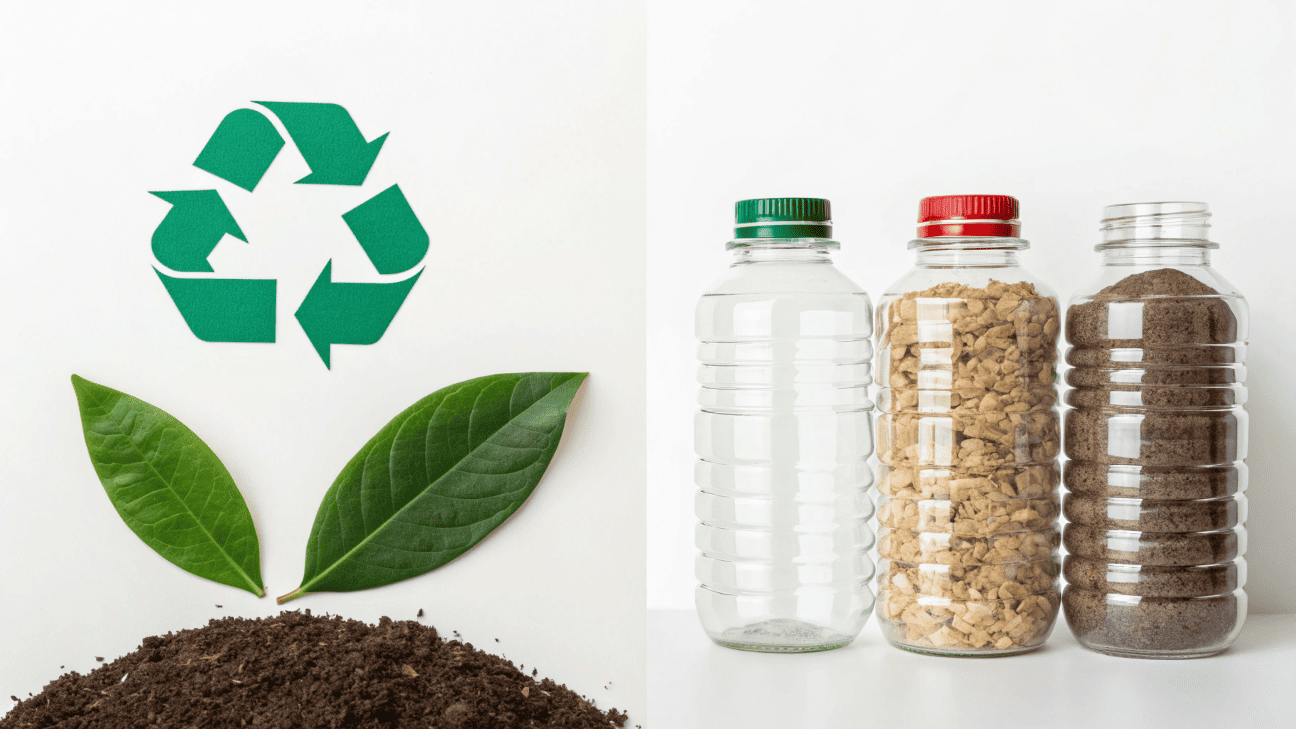
The question of ROI is the most important one you can ask. A few years back, we worked with a procurement director, much like Shubihika from RAS BEAUTY. They were under pressure to be seen as a market leader in sustainability. They were seriously considering a full line of premium PLA (compostable) jars. On paper, it sounded great. But when we broke down the numbers, the ROI just wasn't there. The unit cost was 40% higher, and we discovered that less than 5% of their target customers in India had access to the industrial composting facilities required. They would have paid a massive premium for packaging that would ultimately end up in a landfill. We helped them shift to a 100% PCR PET option. It was 15% cheaper than their previous virgin plastic, met their sustainability goals, and delivered a clear, positive return.
Is compostable better than recyclable?
You're constantly told that compostable is the ultimate green choice. But you need to know if "better" in theory translates to "better" for your bottom line and your brand's reputation.
From an ROI perspective, recyclable is currently better. It offers a proven, cost-effective system, whereas compostable packaging's value is lost if the right disposal infrastructure doesn't exist for your customer.
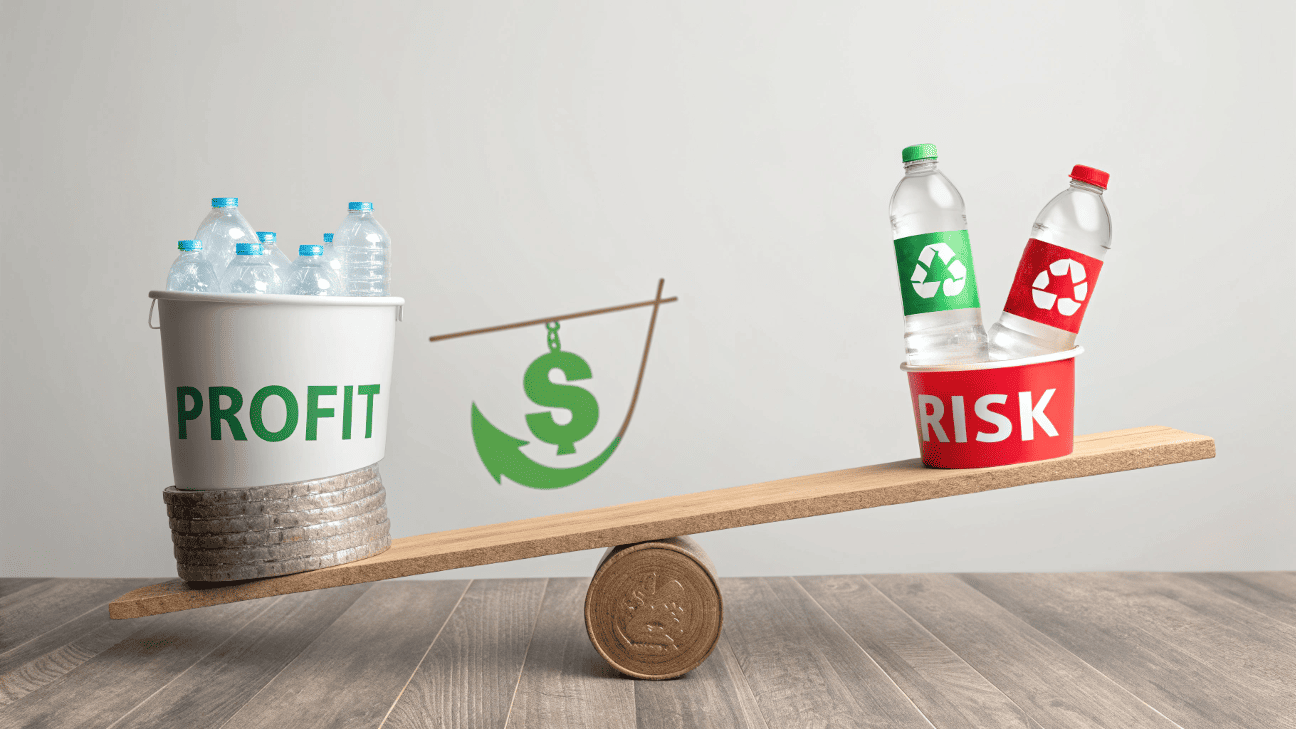
When we evaluate "better," we must look beyond the marketing claims and analyze the real-world business impact. The value of any sustainable packaging is only realized if it completes its intended end-of-life journey.
| Factor | Recyclable Packaging (e.g., PCR PET) | Compostable Packaging (e.g., PLA) |
|---|---|---|
| Upfront Cost | Lower and more stable. PCR options are often cost-competitive with virgin plastic. (Positive ROI) | Significantly higher due to complex raw materials and manufacturing processes. (Negative ROI) |
| Infrastructure Access | Nearly universal. Recycling programs are established in almost every target market globally. (Positive ROI) | Extremely rare. Requires specialized industrial facilities that are unavailable to the vast majority of consumers. (Negative ROI) |
| Consumer Understanding | High. Consumers know what the recycling symbol means and how to act on it. | Low. High confusion leads to improper disposal, often contaminating the recycling stream. |
| Brand Risk | Low. You are using a proven system that works. | High. Risk of "greenwashing" accusations if your packaging cannot be properly composted by customers. |
For a brand, the path to positive ROI is the one with the least friction for the customer and the lowest risk for the business. Right now, that path is recycling.
What's the most profitable thing to recycle?
You might think about the scrap value of plastic or glass. But for a brand, the real profit isn't in selling waste; it's in making smart choices that increase your profitability.
For a cosmetic brand, the most "profitable" thing to recycle is your customer's trust. Choosing widely-accepted materials like PET and PP is a profitable decision that builds brand loyalty and reduces costs.
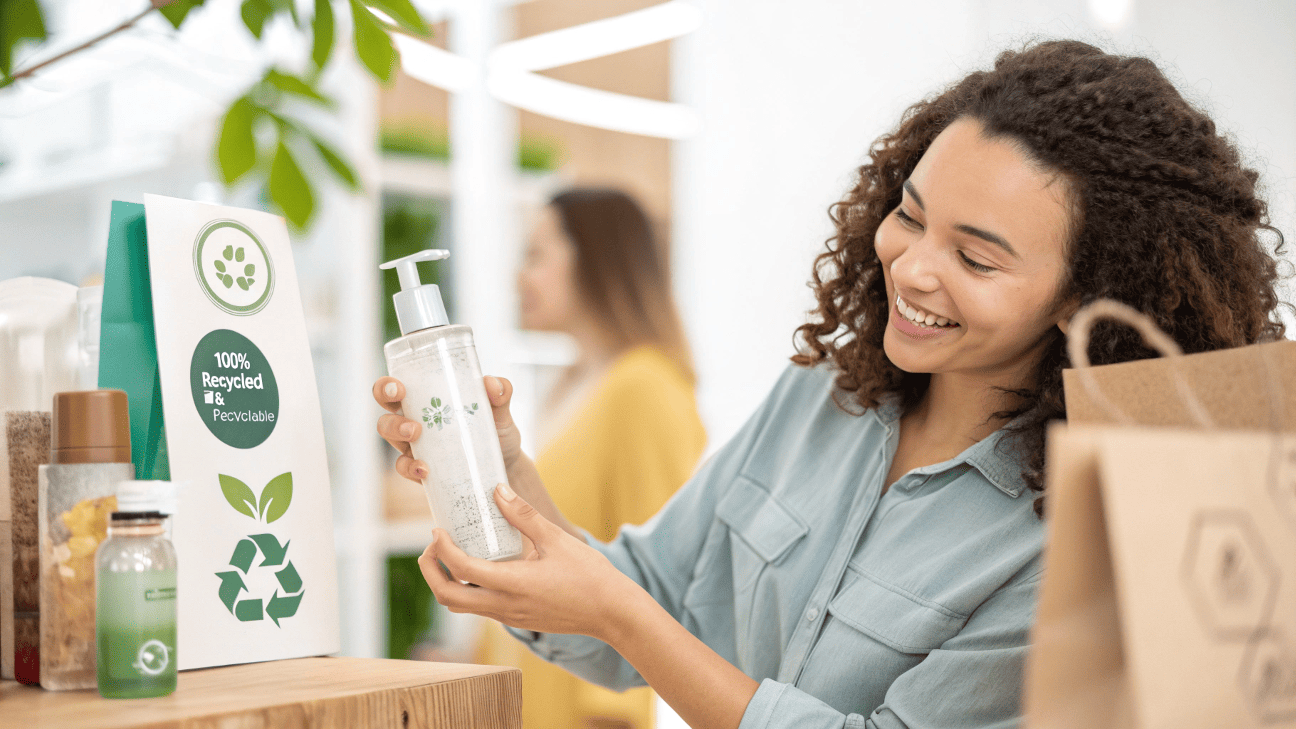
Let's reframe this question. Your brand's profitability doesn't come from the commodity price of plastic. It comes from these key areas, all of which are better served by recyclable packaging.
1. Profit from Lower COGS (Cost of Goods Sold)
The most direct path to profitability is reducing costs. Using standard, recyclable materials like PET, PP, and their PCR equivalents is almost always more affordable than investing in expensive, niche bioplastics for compostable packaging. This saving goes directly to your bottom line.
2. Profit from Market Access
Many large retailers and economic blocs (like the EU) have strict requirements or taxes related to packaging recyclability. Using standard recyclable materials ensures you can sell your products anywhere in the world without facing penalties or being locked out of key markets. This access is a direct driver of revenue.
3. Profit from Brand Reputation
A simple, honest sustainability claim is more valuable than a confusing one. "This bottle is made from 100% recycled plastic and is fully recyclable" is a powerful, easily understood message that builds trust. This trust leads to repeat purchases, which is the cornerstone of a profitable business. A confusing "compostable" claim that can't be backed up by infrastructure can actually damage that trust.
What are the disadvantages of compostable packaging?
You're attracted to the "returns to the earth" story of compostable packaging. But you have a feeling there are hidden costs and practical problems that could negatively impact your ROI.
The main disadvantages are prohibitive costs, the near-total lack of required disposal facilities, and the high risk of contaminating recycling streams. These factors make it a financially risky choice for most brands.
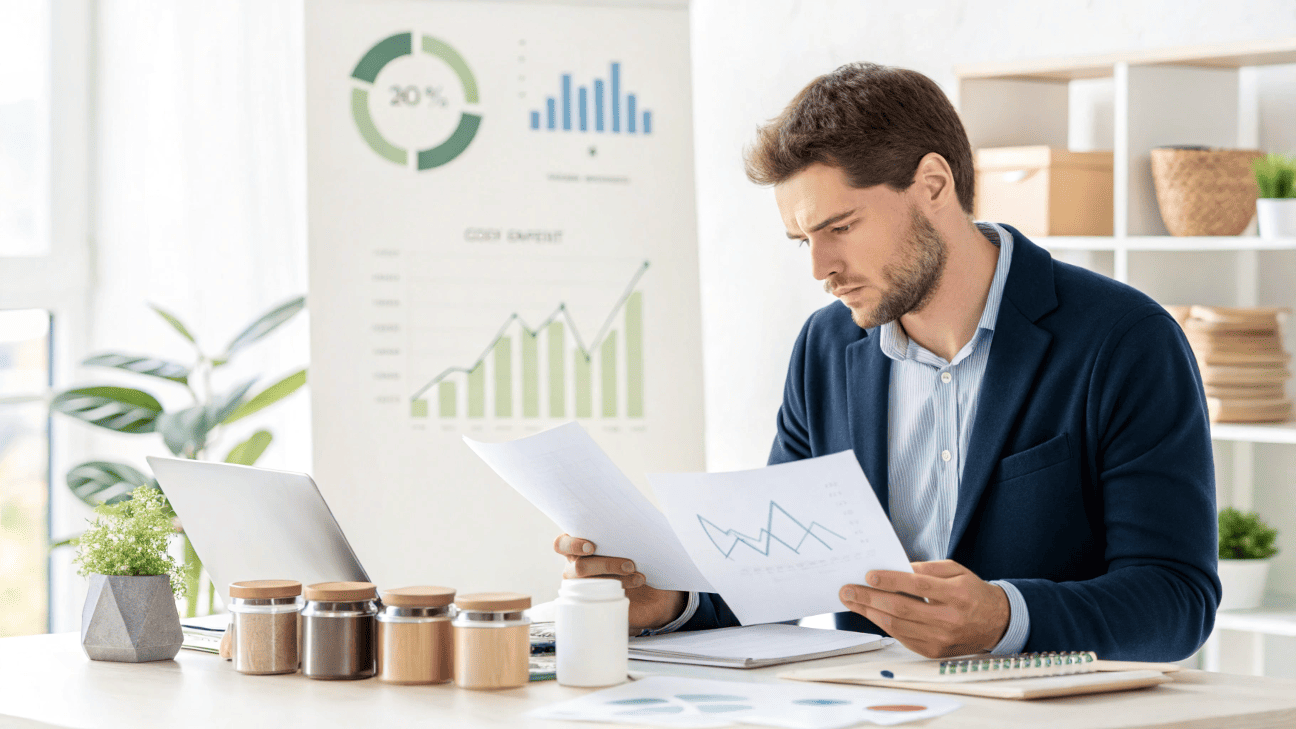
The disadvantages of compostable packaging are not just environmental—they are significant business and financial hurdles that directly threaten your ROI.
1. Direct Financial Disadvantage: High Cost
The raw materials for compostable plastics, like PLA derived from corn starch, are more expensive to produce than traditional polymers. The manufacturing process can also be more complex. This results in a higher unit price for every bottle, jar, or tube you produce, directly eating into your profit margins. For any business, but especially for a scaling brand, this is a major financial burden.
2. Market-Limiting Disadvantage: Lack of Infrastructure
This is the single biggest barrier to ROI. You are paying a premium for a benefit that your customer cannot use. Imagine explaining to your investors that you spent 40% more on packaging that will end up in the exact same landfill as a standard option. It's a difficult value proposition to justify.
3. Brand-Risk Disadvantage: Recycling Contamination
When a well-meaning customer tosses a PLA container into the recycling bin, it can ruin an entire batch of valuable PET. Bioplastics and traditional plastics have different melting points and chemical properties. This contamination is a huge problem for recycling facilities, and as consumer awareness grows, brands using these materials may face backlash for contributing to the problem.
Conclusion
When evaluating ROI, recyclable packaging is the clear winner. It offers a lower-cost, lower-risk, and more effective solution that aligns with global infrastructure and builds genuine trust with your customers.
Written by
Mike Lee
You may also be interested in:

How Can Smart Packaging Choices Reduce Your Carbon Footprint?
You're committed to making your brand more environmentally friendly, but the term "carbon footprint" feels
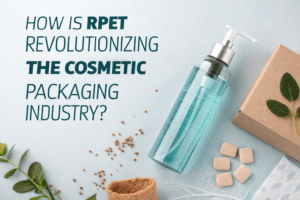
How Is rPET Revolutionizing the Cosmetic Packaging Industry?
You want to make your packaging more sustainable, but you're worried about sacrificing quality. You
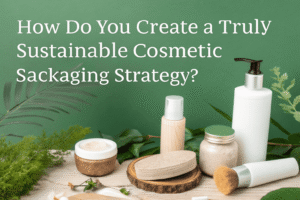
How Do You Create a Truly Sustainable Cosmetic Packaging Strategy?
You feel the pressure to make your packaging sustainable, but every choice seems complex. Switching

Is PLA the Future of Sustainable Beauty Packaging?
You're seeing "plant-based plastic" and "compostable" everywhere. You're intrigued by PLA as a way to